Pearl Powder for Skin: Is It safe and Beneficial?
Known for its capability to enhancement skin health, the promotion of a youthful shine, and the reduction of traces of aging, pearl powder has been
KingChroma pearlescent powders are in powder form, non-toxic, tasteless, acid and alkali resistant, non-flammable, non-explosive, non-conductive, non-migratory, easily dispersible, high temperature resistant, with high heat resistance and weather resistance, do not contain toxins, harmless to the human body, does not hurt the eyes and skin, in full compliance with the interests of the stringent environmental protection requirements.
Complete particle size, 5-25 10-60 30-100 10-80 100-700 200-1000, etc.
FDA certified, non-toxic, odorless, and in line with all international industry standards for cosmetics, children’s toys, food packaging and so on.
Home > Powdered Pigments > Metal Pigment > Pearlescent Powders
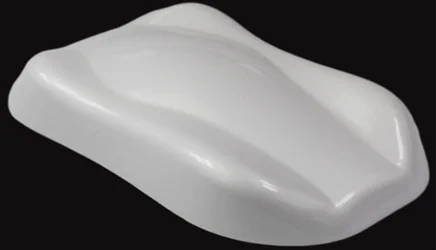
KC-SS1
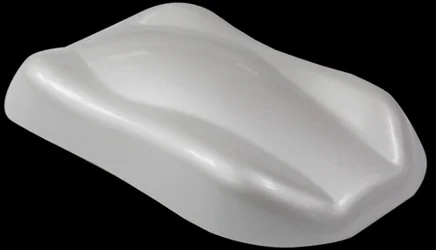
KC-SS2
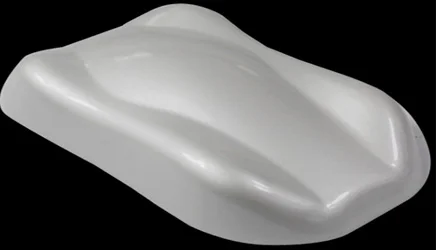
KC-SS3
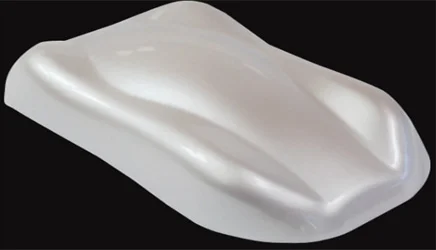
KC-SS4
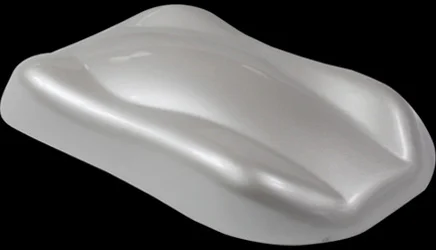
KC-SS5
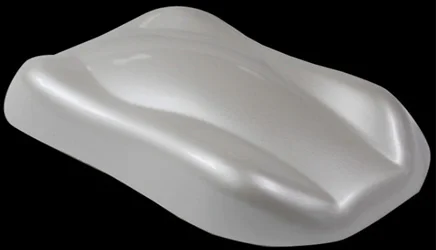
KC-SS6
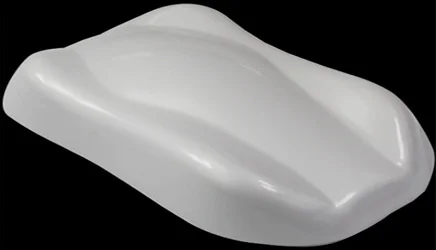
KC-SS7
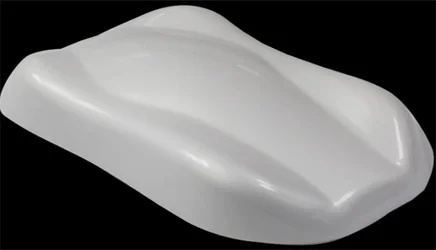
KC-SS8
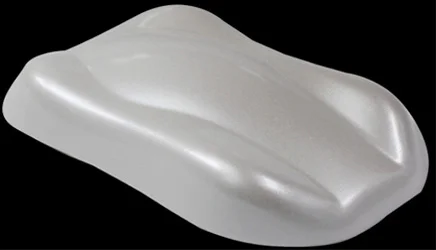
KC-SS9
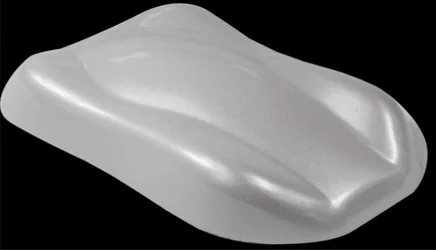
KC-SS10
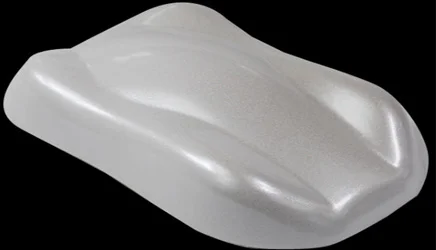
KC-SS11
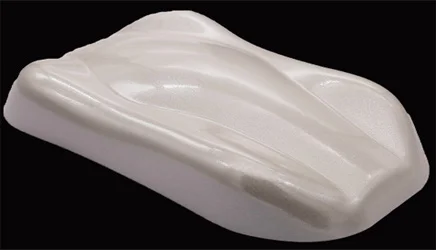
KC-SS12
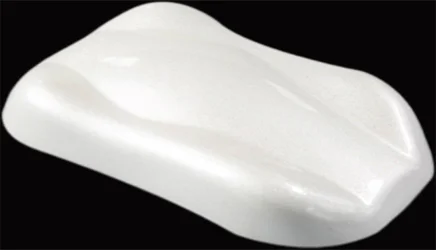
KC-SS13
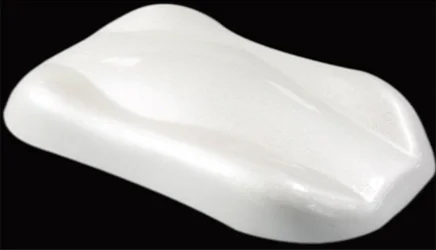
KC-SS14
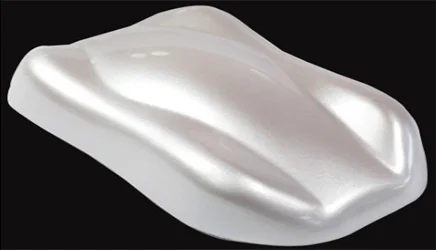
KC-SS15
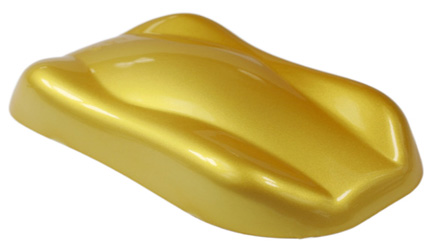
KC-GG1
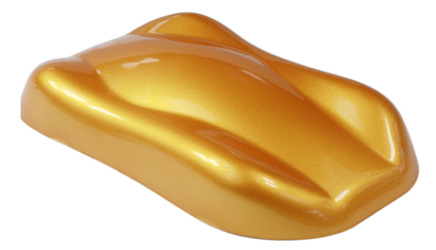
KC-GG2
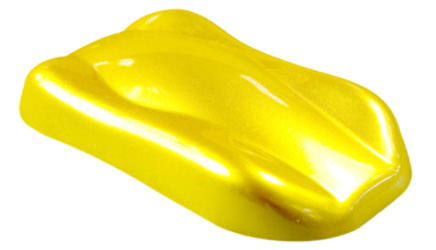
KC-GG3
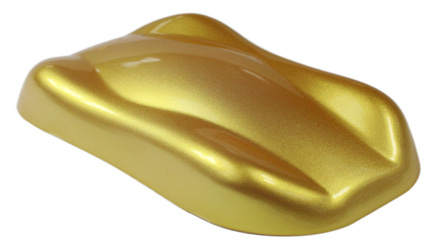
KC-GG4
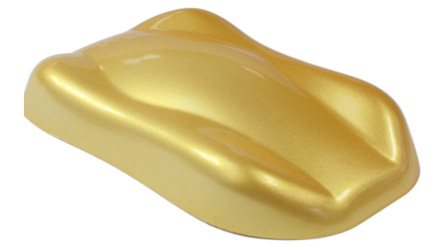
KC-GG5
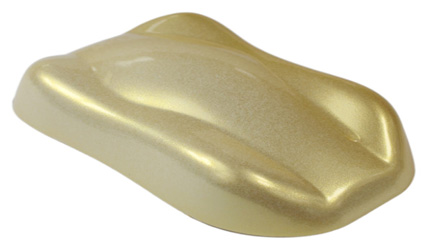
KC-GG6
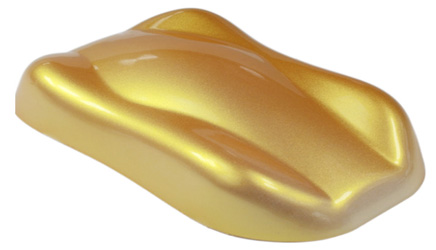
KC-GG7
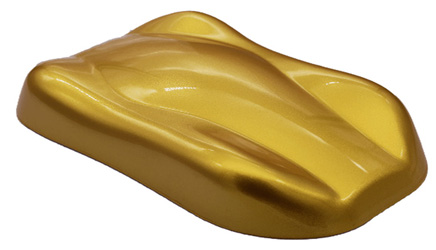
KC-GG8
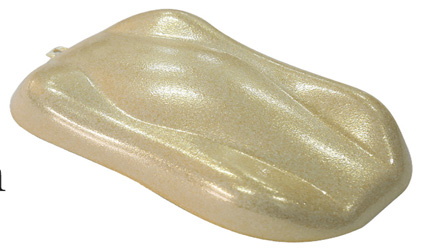
KC-GG9
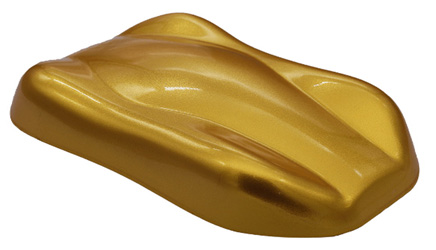
KC-GG10
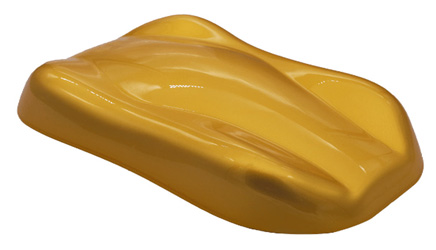
KC-GK11
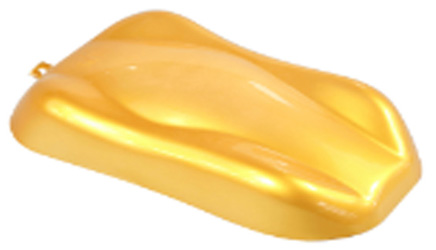
KC-GK12
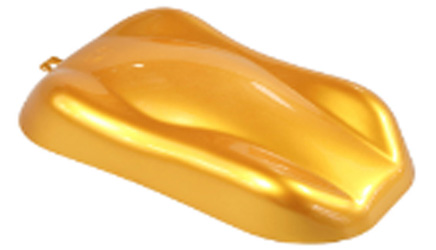
KC-GK13
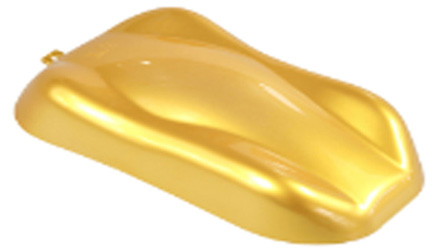
KC-GK14
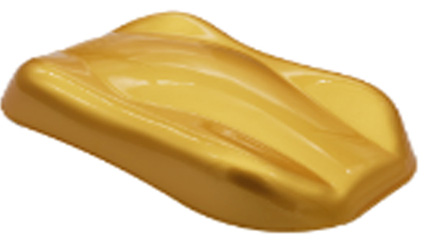
KC-GK15
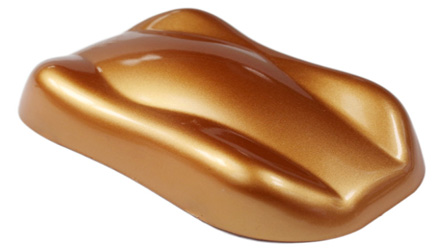
KC-II1
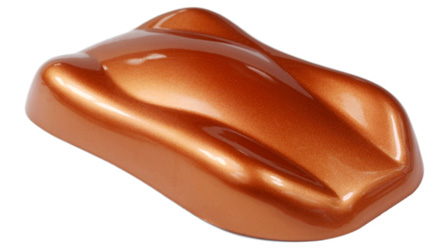
KC-II2
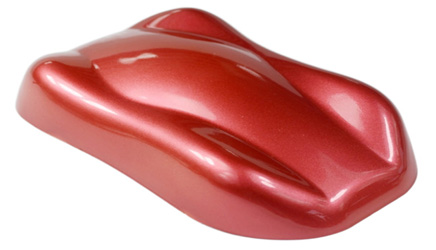
KC-II3
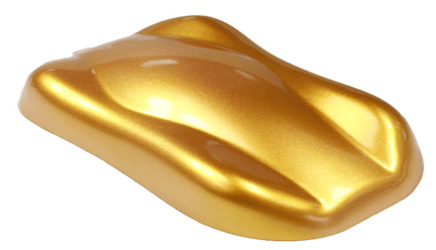
KC-IH4
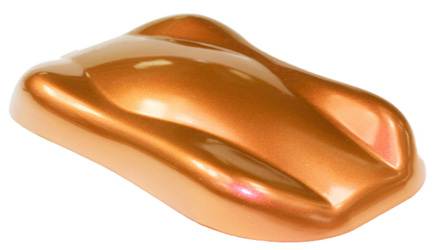
KC-IH5
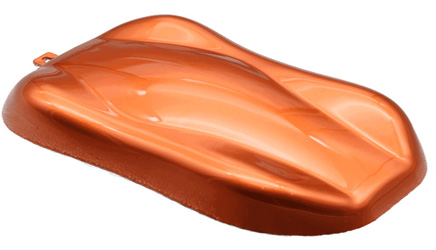
KC-IH6
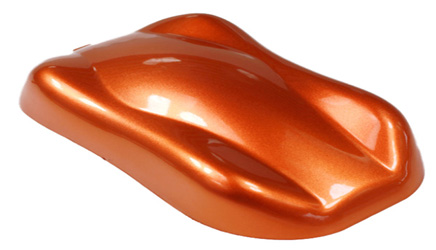
KC-IH7
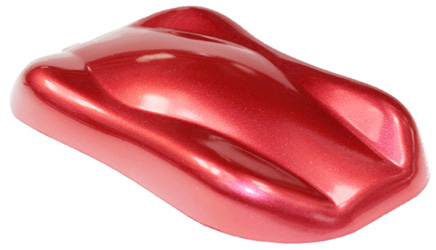
KC-IH8
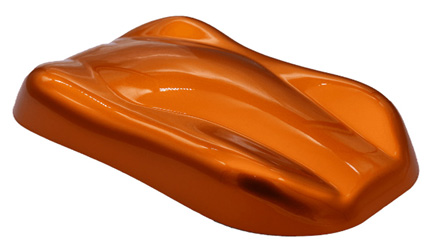
KC-IH9
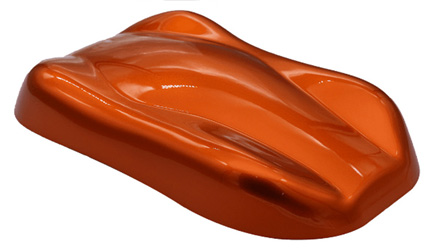
KC-IH10
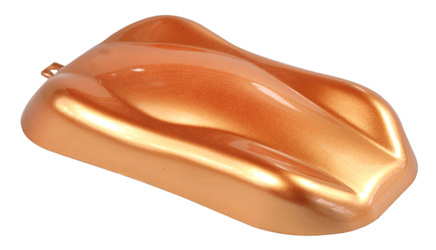
KC-IK11
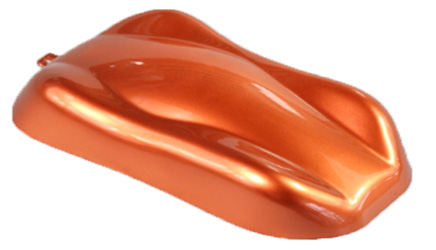
KC-IK12
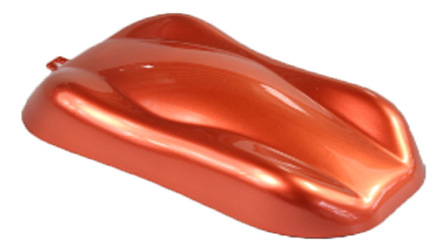
KC-IK13
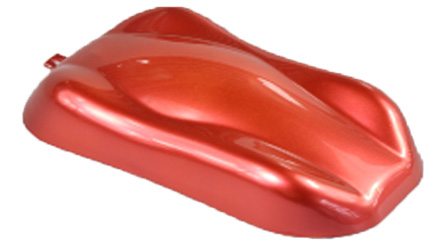
KC-IK14
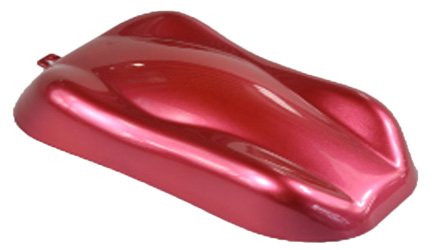
KC-IK15
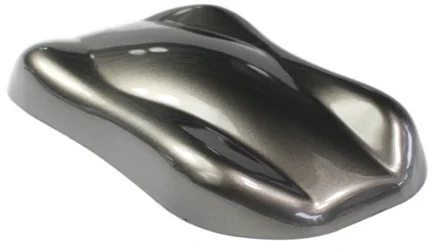
KC-MB128
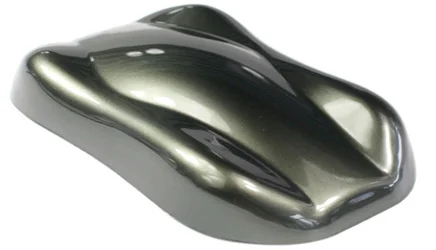
KC-MB129
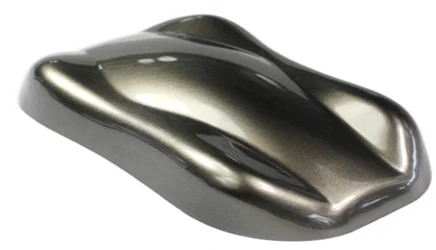
KC-MB130
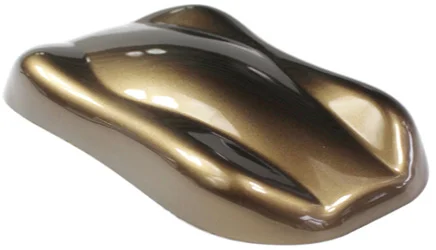
KC-MB131
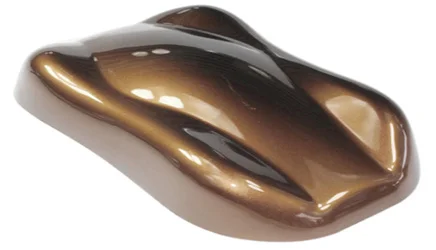
KC-MB132
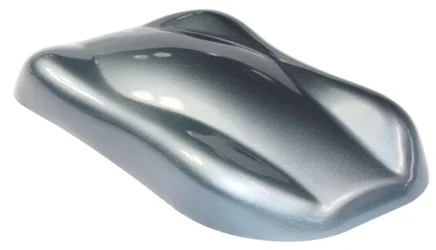
KC-MB133
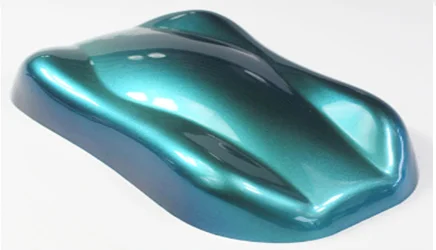
KC-MB134
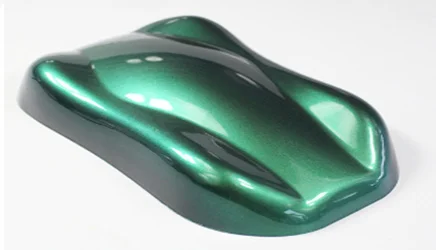
KC-MB135
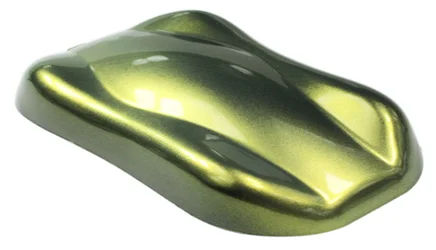
KC-MD71
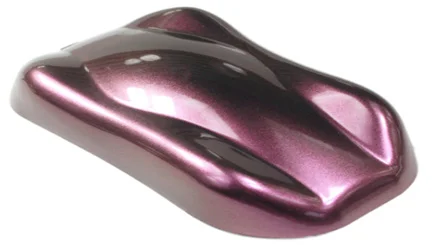
KC-MD72
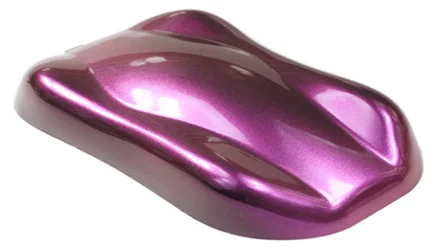
KC-MD73
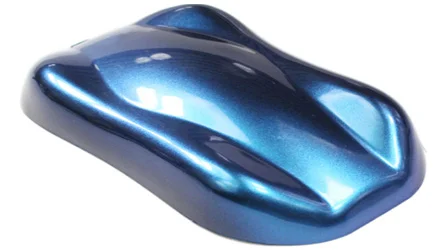
KC-MD74
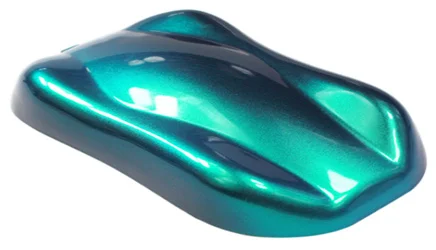
KC-MD75
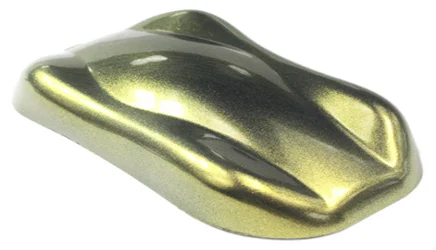
KC-MD76
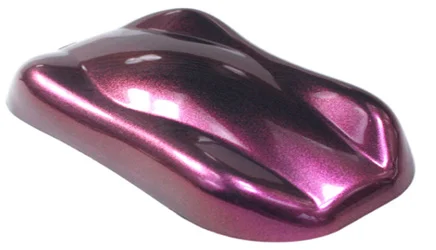
KC-MD77
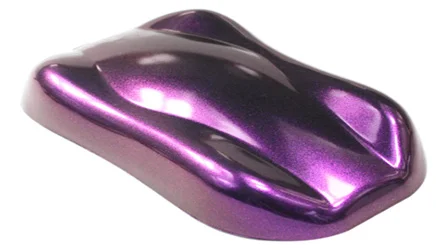
KC-MD78
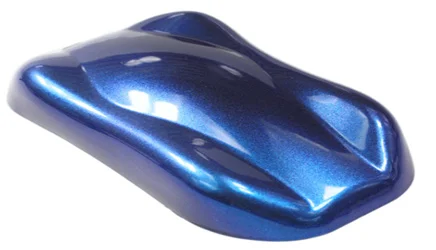
KC-MD79
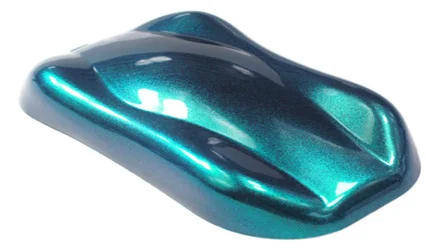
KC-MD80
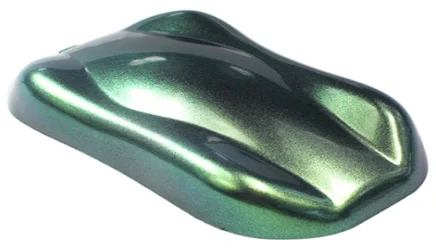
KC-MD81
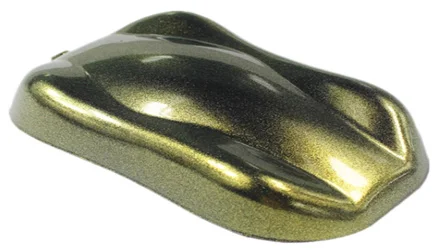
KC-MD82
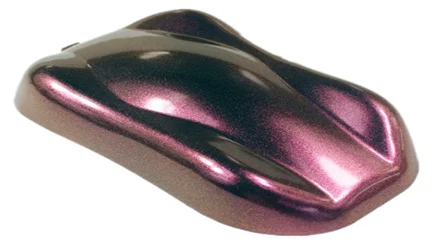
KC-MD83
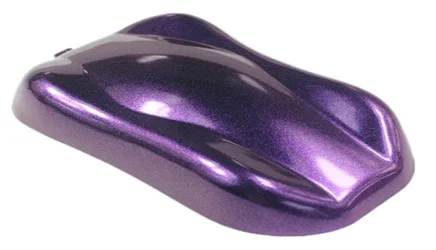
KC-MD84
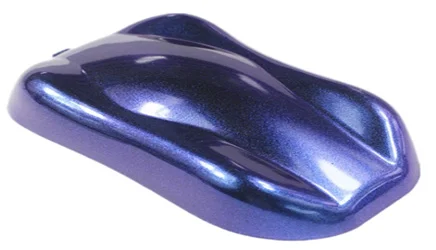
KC-MD85
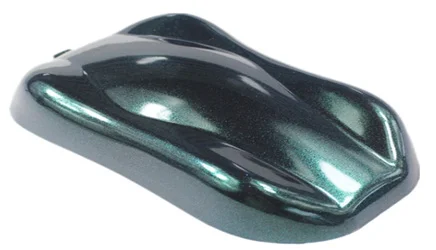
KC-MD86
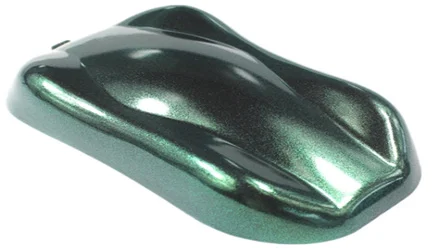
KC-MD87
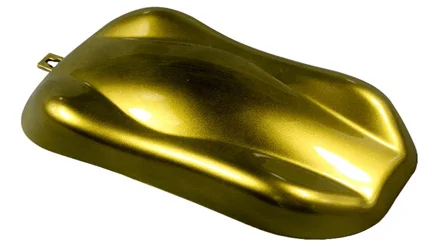
KC-MK120
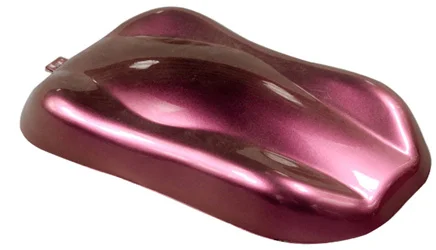
KC-MK121
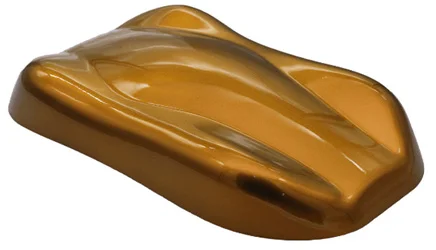
KC-MK122
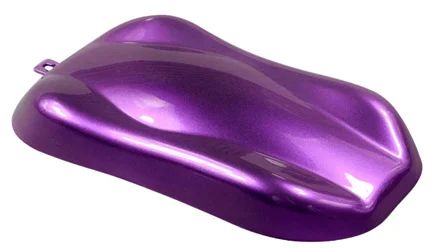
KC-MK123
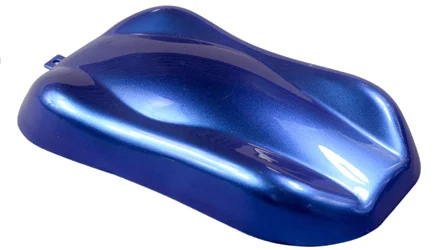
KC-MK124
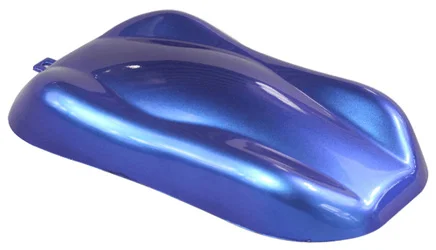
KC-MK125
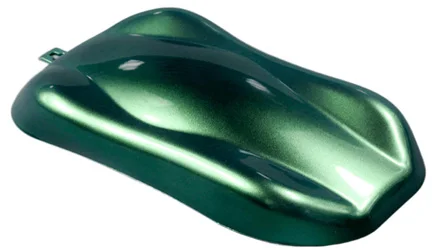
KC-MK126
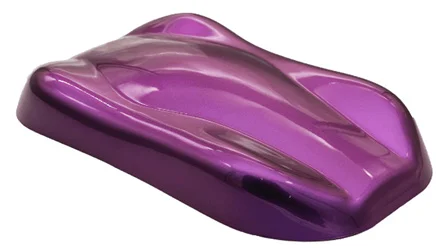
KC-MK127
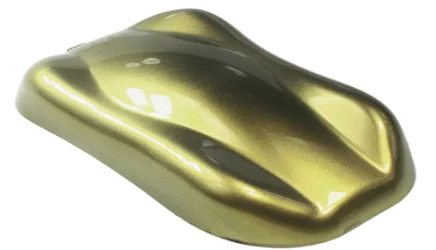
KC-ML31
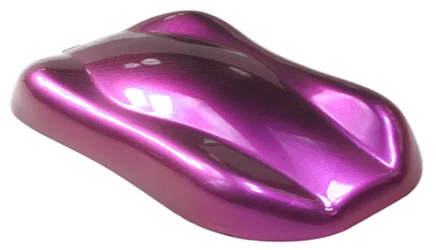
KC-ML32
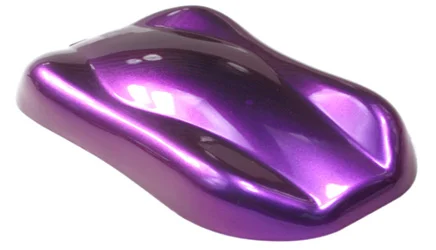
KC-ML33
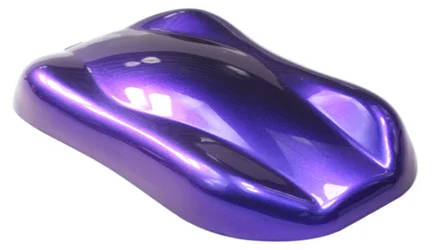
KC-ML34
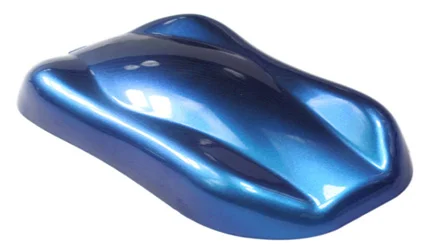
KC-ML35
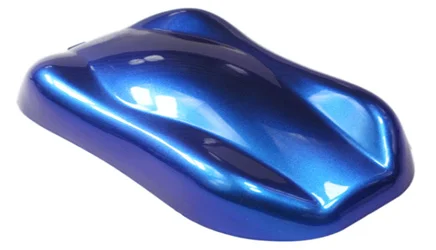
KC-ML36
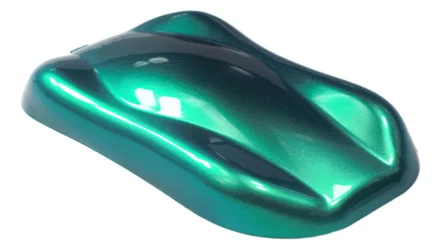
KC-ML37
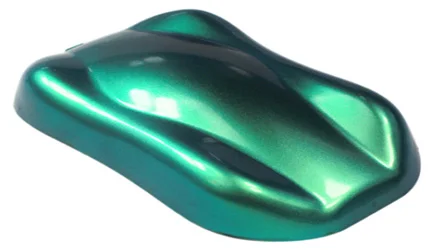
KC-ML38
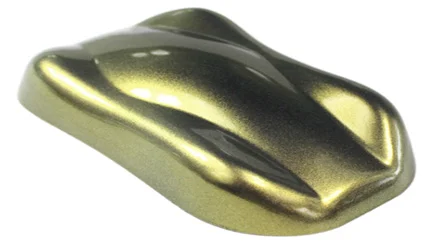
KC-ML39
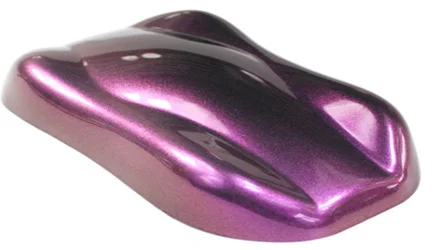
KC-ML40
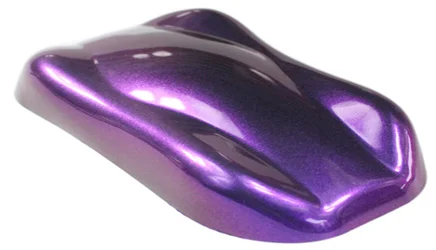
KC-ML41
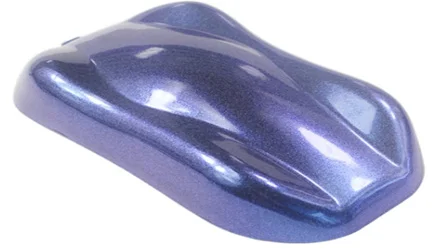
KC-ML42
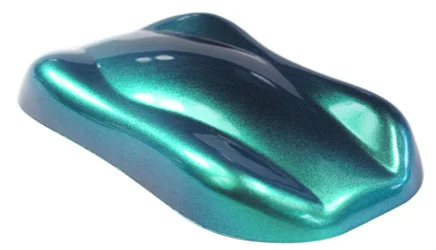
KC-ML43
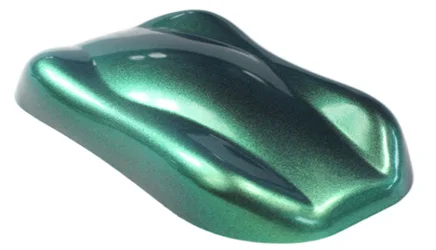
KC-ML44
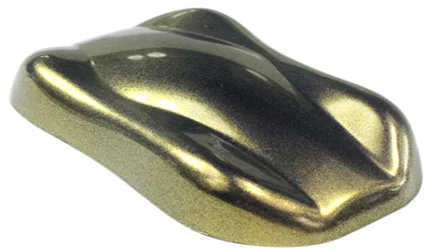
KC-ML45
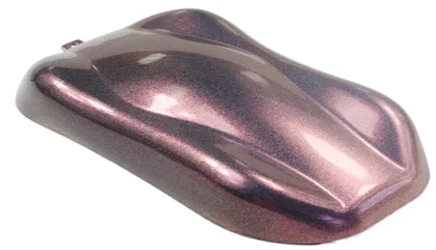
KC-ML46
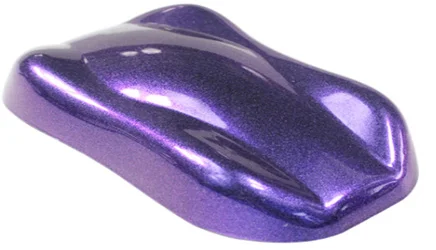
KC-ML47
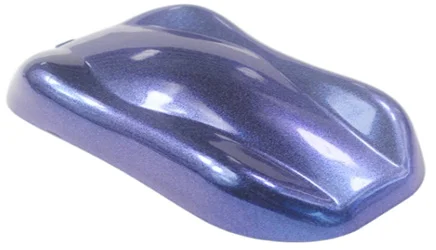
KC-ML48
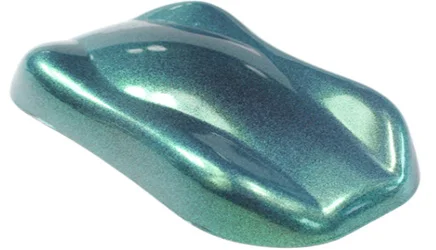
KC-ML49
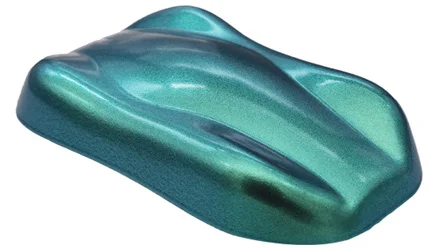
KC-ML50
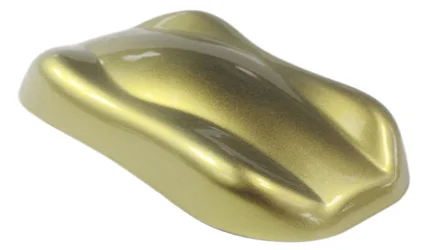
KC-MM16
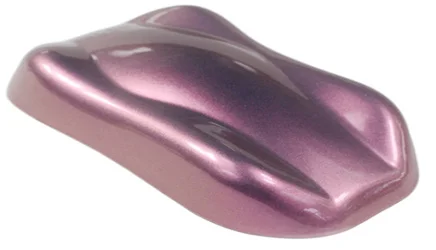
KC-MM17

KC-MM18
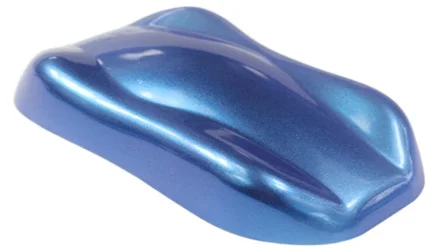
KC-MM19
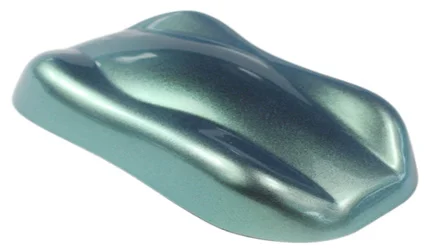
KC-MM20
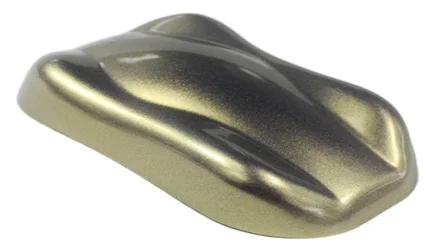
KC-MM21
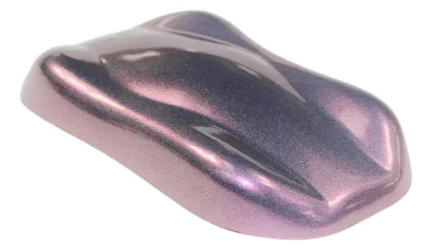
KC-IH9
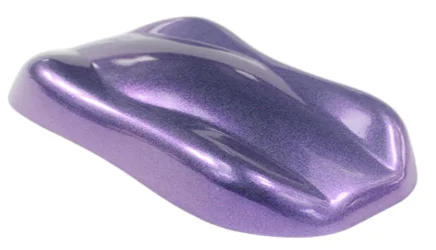
KC-MM23
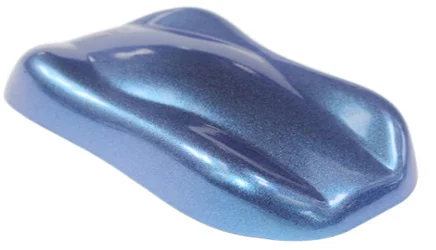
KC-MM24
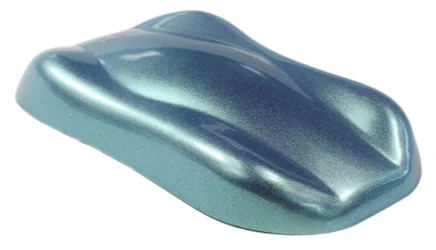
KC-MM25
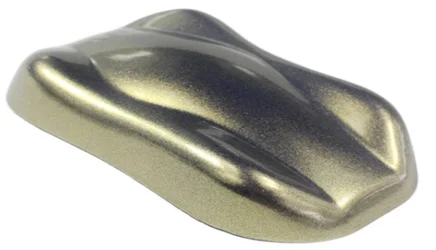
KC-MM26
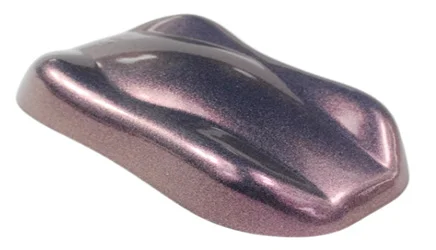
KC-MM27
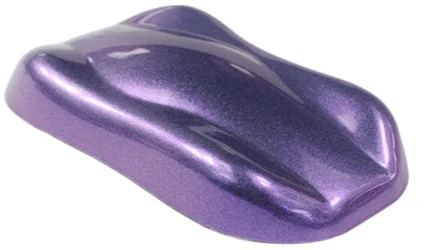
KC-MM28
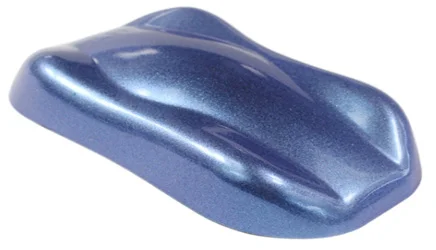
KC-MM29
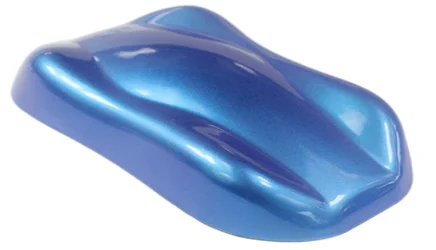
KC-MM30
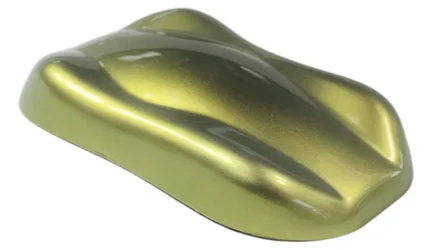
KC-MP88
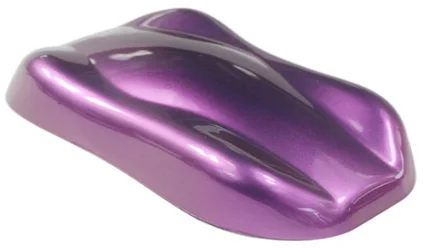
KC-MP89
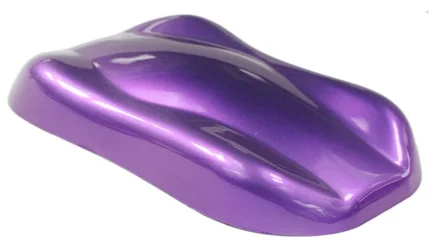
KC-MP90
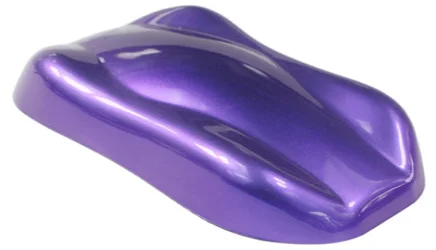
KC-MP91
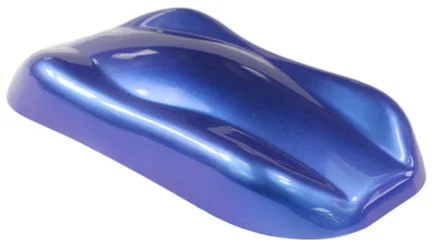
KC-MP92
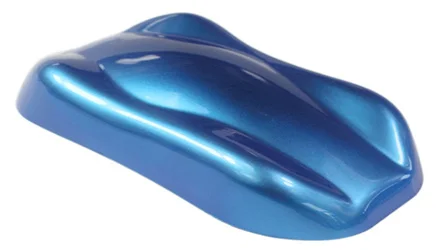
KC-MP93
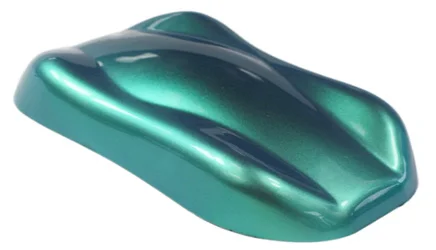
KC-MP94
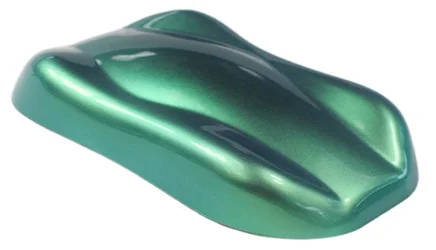
KC-MP95
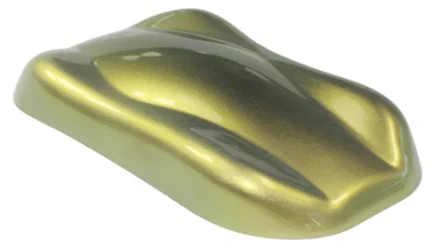
KC-MP96
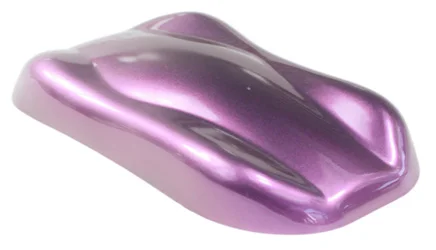
KC-MP97
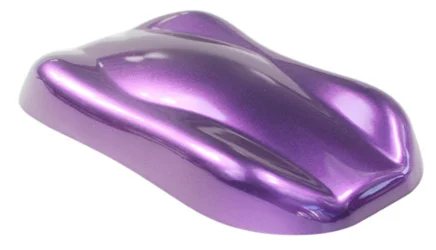
KC-MP98
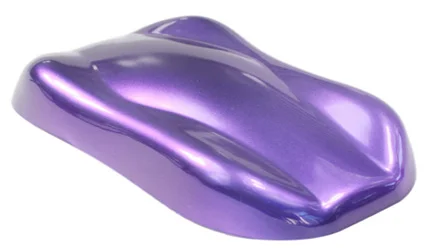
KC-MP99
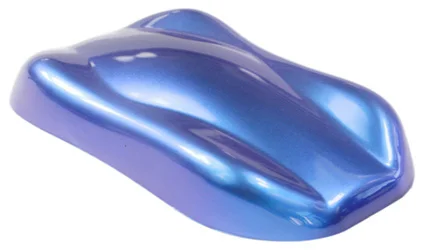
KC-MP100
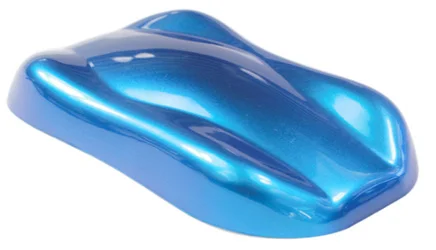
KC-MP101
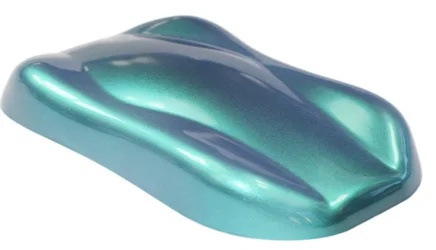
KC-MP102
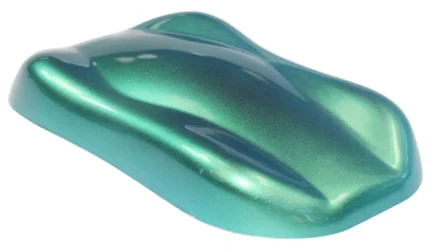
KC-MP103
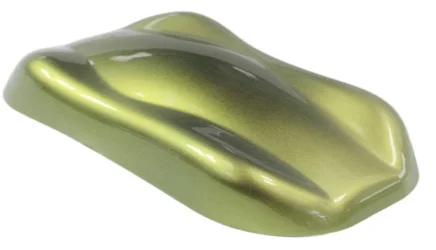
KC-MP104
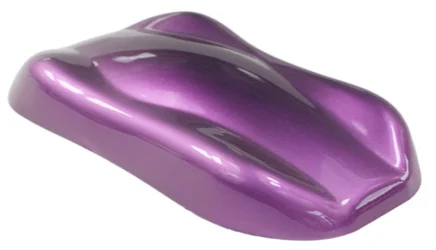
KC-MP105
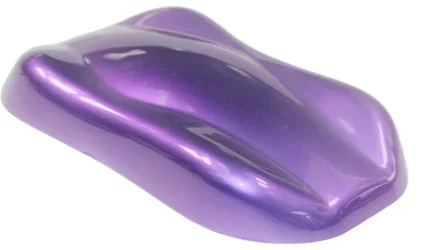
KC-MP106
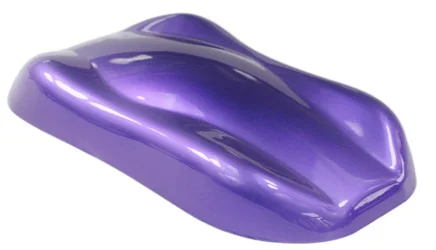
KC-MP107
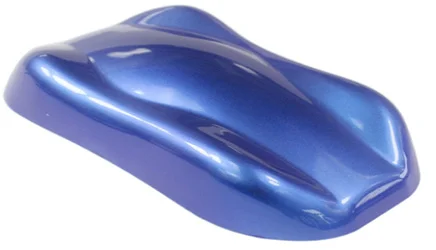
KC-MP108
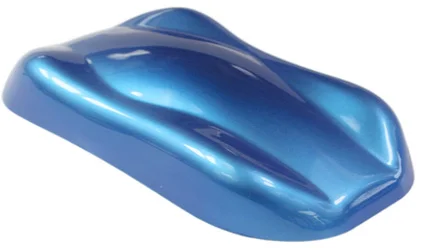
KC-MP109
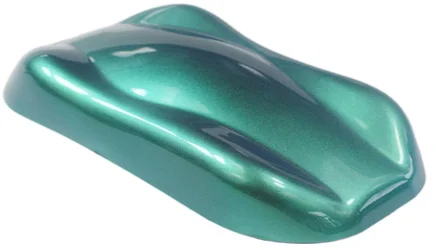
KC-MP110
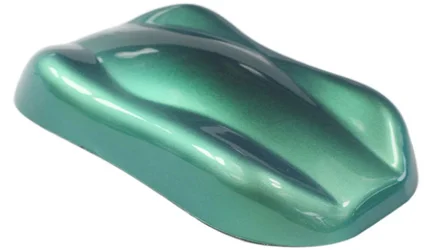
KC-MP111
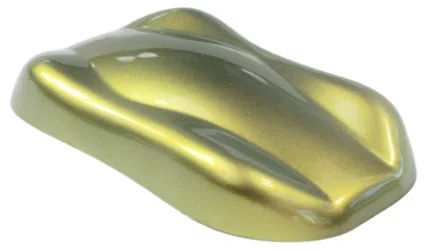
KC-MP112
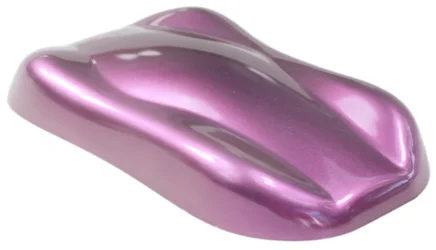
KC-MP113
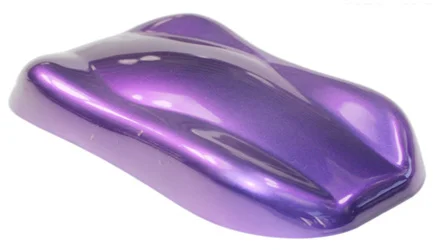
KC-MP114
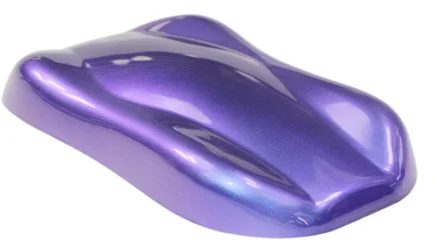
KC-MP115
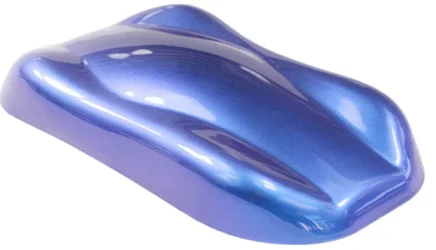
KC-MP116
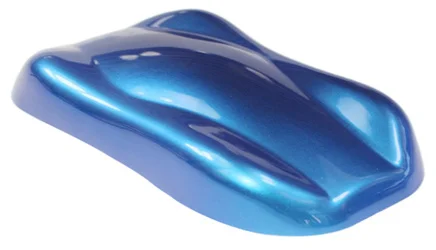
KC-MP117
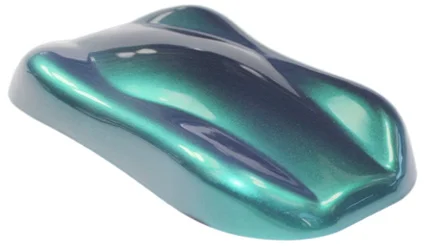
KC-MP118
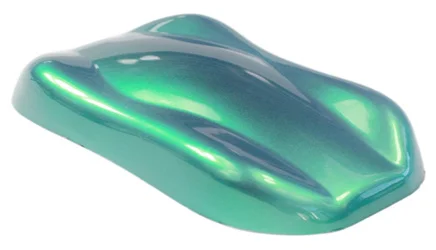
KC-MP119
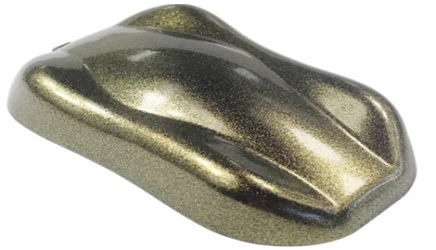
KC-MZ51
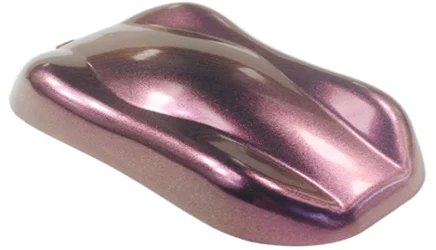
KC-MZ52
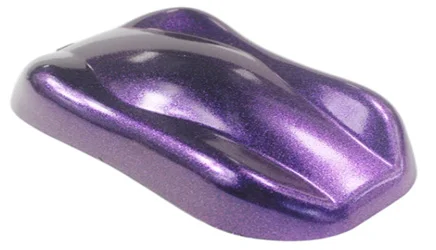
KC-MZ53
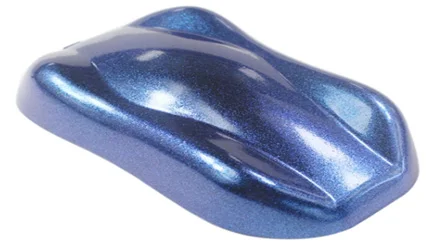
KC-MZ54
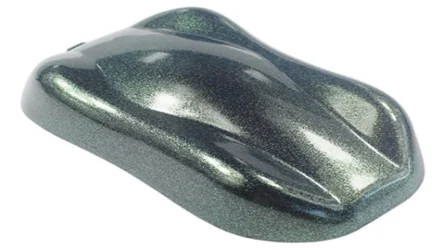
KC-MZ55
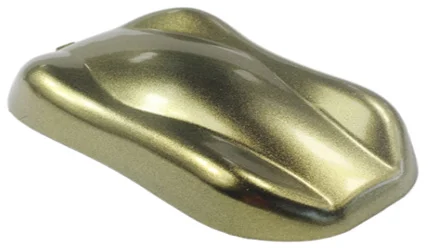
KC-MZ56
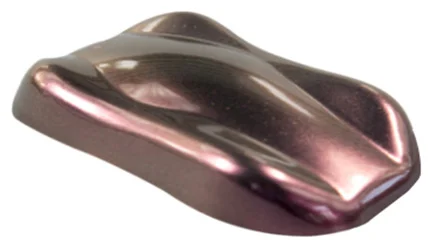
KC-MZ57
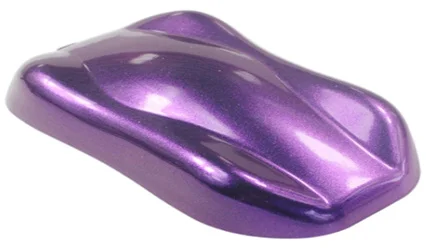
KC-MZ58
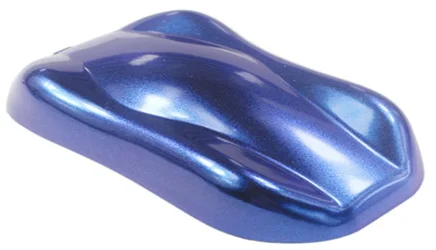
KC-MZ59
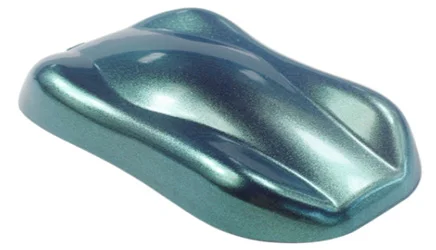
KC-MZ60
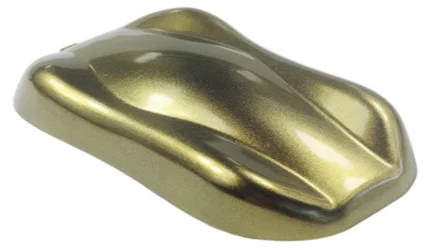
KC-MZ61
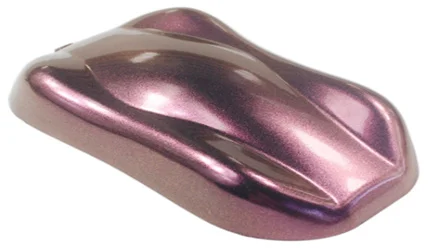
KC-MZ62
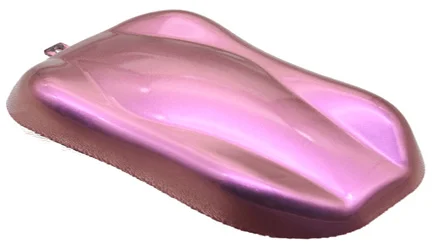
KC-MZ63
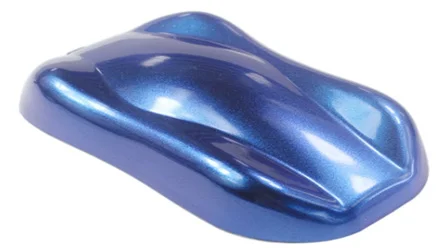
KC-MZ64
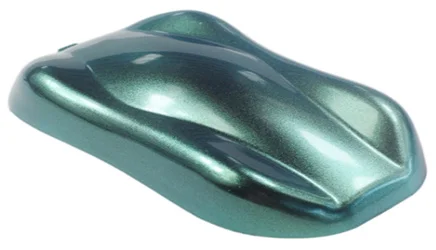
KC-MZ65
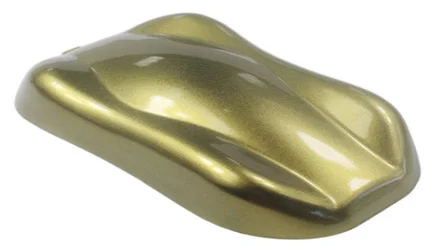
KC-MZ66
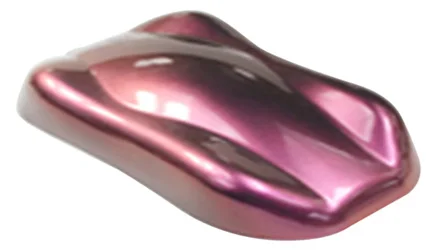
KC-MZ67
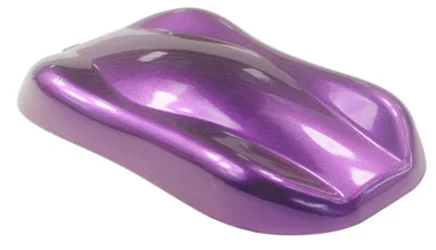
KC-MZ68
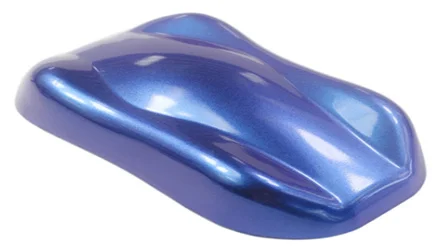
KC-MZ69
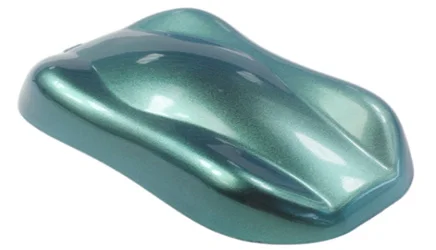
KC-MZ70
Pearlescent series color: pearl silver white series, iridescent series, metallic series, gold series, coloring series, color changing series and other products.
Product characteristics: non-toxic, tasteless, high temperature resistance, acid and alkali resistance, light resistance, non-migration, non-conductive, easy to disperse and other advantages.
Product use: coating, ink, plastic, leather, printing, paper industry, building materials, ceramics, handicrafts, cosmetics, etc.
Return Policy:
kingchroma has a 10 day 100% satisfaction guaranteed return policy upon receipt of goods, which means you have 10 days to request a return after receiving the item. But the return freight shall be borne by the buyer. In order to be eligible for a return, your item must be in the same condition as the item you received, unworn or unused, labeled, and in its original packaging. You will also need a receipt or proof of purchase. For more details, please review our Return policy.
If you have any questions about returns, you can contact us at [email protected].
Shipping:
Please give us 1-2 days to process the implementation. Delivery usually takes 7-15 days. Please review our shipping policy.
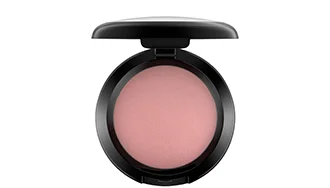
Pearl Powder Cosmetics
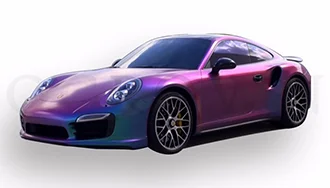
Pearl Powder for Car Paint

Pearl Soap Powder
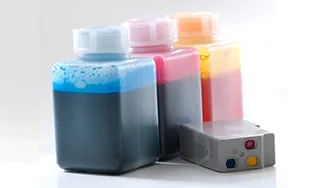
Printing Inks

Electronics
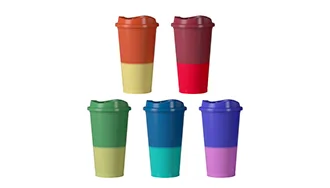
Plastics
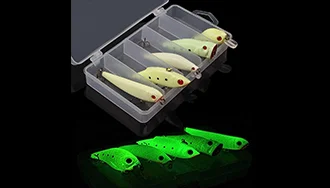
Fishing Lures

Interior Design
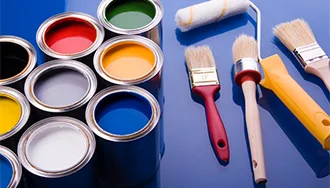
Pearl Powder for Paint

Textiles
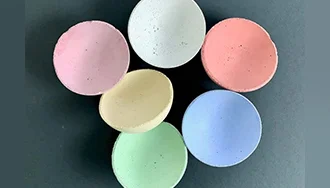
Ceramics and Pottery

Crafts and DIY Projects

Stationery and Art Supplies
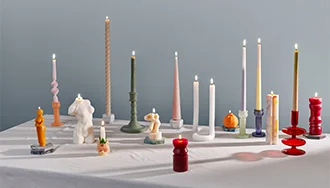
Candles
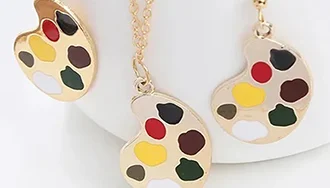
Jewelry

Packaging
Pearl pigment powders are shiny pigments that look like pearls. They can make colors that look like those in pearls, shells, corals, and metals. We can make these pigments by coating materials like mica and quartz with metal oxides like titanium dioxide or iron oxide. The material typically comes in lamellae, making it flexible and having a smooth surface. This is similar to things we see every day, like soap bubbles and oil spills.
Along with studying pearl pigment powders, people have also found and utilized other materials as substrates for making pearl pigment powders. These include glass-based pearl powders, aluminum lamellar based pearl powders, oxide-based pearl powders, Kaolin clay, ceramic laminate, graphite laminate, and more.
① Pearlescent effect
It refers to the soft pearl-like color of pearlescent pigment powders. This is the result of multiple reflections and transmission of incident light by the titanium dioxide polycrystalline film on the mica substrate, i.e. the result of light interference.
For pearlescent pigment powders with small particle sizes, the titanium dioxide coating film coated on mica flakes is divided into many small layers like natural pearls. Therefore, when incident light shines on its surface, a silky soft light (pearlescent) appears. We refer to the optical properties of mica titanium pearlescent powders as the pearlescent effect.
② Metal flash effect
We refer to the flickering sensation caused by the specular reflection of light on a metal surface as the “metal flash effect”.
We can achieve various metallic finishes by using other metal oxide films or treating mica titanium pearlescent powders with coloring agents.
③ Perspective contrast effect
Stacking transparent metal oxide with a higher refractive index than the mica substrate on the surface of transparent mica flakes can create mica titanium pearlescent pigment powders. When light refracts, reflects, partially absorbs, and penetrates multiple times at the interface of transparent layers with different refractive indices, light interference occurs between various parallel reflected lights, resulting in a pearl-like luster and color. When light hits the reflection angle, the strongest reflected color is visible, while deviation from this angle only allows for the perception of pearl white and other colors. We refer to this phenomenon of seeing different interference colors with different investigation angles as the “perspective contrast effect”.
④ Color transfer effect
The continuous coating film made of interference color mica titanium pearlescent pigment powders can show two colors together, and this color change is called the color transfer effect. For example, a pearlescent coating made of interference-colored mica titanium pearlescent pigment powders will have a film color that changes with the curvature of the film surface. The color transfer effect displays a shift from blue to orange and from yellow to purple, i.e. from the reflection color of pearlescent pigment powders to its complementary color. With the unique “color transfer effect” of mica titanium pearlescence, we can create a range of stunning decorative effects based on specific needs.
⑤ Add-color effect
We can mix mica titanium pearlescent powders with transparent inorganic or organic pigments to color the pearlescent powders directly. The resulting colors are even more captivating. If we utilize copper phthalocyanine blue or copper phthalocyanine green for pearlescent pigment coloring, the color will not weaken but rather intensify. This is the unique “add-color effect” or “color enhancement effect” of pearlescent pigments.
⑥ 3D space effect
Pearlescent pigment powders are always transparent or semi-transparent thin sheets. When light strikes their surface, it always reflects most of the incident light, while projecting the remaining light onto the next layer of pearlescent powder lamellae, repeating the reflection and refraction of light once. This process will occur repeatedly until the substrate layer is completely reflected and absorbed. This optical property lends pearlescent pigment powders a deep 3D effect in transparent coatings. When viewed perpendicular to a point in the coating film, it’s noticeable that the pigment flakes are embedded in varying thicknesses of the coating film. We perceive the film as thick even though it is very thin.
Pearl powders are non-toxic and harmless, healthy and environmentally friendly. At the same time, they also possess features like low density, resistance to light, heat, and weather, stable chemical properties, non-conductivity, non-magnetism, and consistent physical characteristics. Therefore, pearl powders are quickly taking the place of traditional organic and metal pigments in certain industries.
By combining with regular pigments, pearlescent powders can produce a range of vivid hues with superior color clarity. In fact, people often use pearlescent pigments in combination with other pigments to enhance visual effects. Some organic pigments with high transparency, such as titanium blue, titanium green, and quinacrine red, can create vibrant and vivid colors when combined with pearlescent powders. Moreover, arranging pearlescent pigments results in a stronger reflected light color and relatively weakened scattered light color. In lighter paint coatings, the impact of this vibrant color will be emphasized. It should be noted that: The combination of two pearl colors and the mixture of two regular colors are entirely different concepts. For general pigments, every color absorbs its complementaries, whereas pearl colors incorporate complementary colors into the final color effect.
Pearlescent pigments’ exceptional chemical corrosion resistance and high-temperature tolerance make them suitable for widespread use in coatings, inks, plastics, and various industries. They provide a new color system and color quality for these products. Pearlescent pigments have low heavy metal content and comply with relevant safety technical standards. So, pearlescent pigments are suitable for food packaging and children’s toys. Acid and alkali cannot corrode pearlescent pigments at room temperature. Pearlescent pigments are non-combustible, non-hypergolic, and non-conductive, and can withstand high temperatures ranging from 600 to 800 ℃.
The unique surface chemical structure makes pearl pigments excellent in hydrophilicity and suitable for waterborne coatings. However, their lipophilicity is poor. Therefore, when used in organic systems, they have poor dispersion. So, surface treatment is necessary for pearl pigments to ensure their good application in organic systems.
The particle sizes of KingChroma pearl powders are: Mesh: 60-1200 mesh, particle size range 5-700μm
For items that need to meet high aesthetic standards, like cars and motorcycles, it’s best to use pearlescent powders with a mesh size of over 200. Otherwise, we won’t achieve the smooth sheen comparable to silk.
Titanium colorshift pearl powder must undergo surface modification before being applied to coatings.
Due to the fact that cars are highly decorative products, they have extremely high requirements for the glossiness of the paint film. So, it is necessary to use mechanical dispersion.
Mechanical action may damage and destroy the thin layer of titanium dioxide on the surface of mica pearl powders. Therefore, it is necessary to prevent excessive shear force. It is best to use a high-speed anchor-type cargo frame mixer. We should use a three-roller grinding machine to disperse ultrafine pearlescent powders with a mesh size of 325 or more.
Generally, we control the quality ratio of pearl powders in pearlescent topcoats at 3% – 8%. When it is 6%, in order to increase the covering power of mica pearlescent pigments, we can add a small amount of aluminum powder with equal particle size (usually 10% of pearlescent powders). However, although adding aluminum powder improves the coverage, it can affect the glossiness.
The mass ratio of pigment to carrier in the preparation of the pearlescent pigment transparent topcoat is 1-3. Thin pigments can make the base color more visible through the transparent pearlescent layer.
Usually, pearlescent pigment powders are placed separately in the coating. It is not allowed to mix pearlescent pigments with opaque or light scattering pigments with high color rendering rates such as titanium dioxide, cadmium salts, humic acid pigments, and ordinary iron oxide pigments.
Resin casting can use pearlescent powder. There are many ways to color plastic resin. We can not only directly color and solid-liquid color resins, but also make them into color masterbatches and then color them. Alternatively, we can mix the wetting agent with the resin and then add a dispersant and pearlescent powder for blending. But among these coloring methods, the most effective method is to prepare the resin into a color masterbatch and then color it. It should be noted that the amount of pearlescent pigment powders in plastic is usually between 0.5% and 2%. If the purpose of plastic is to produce thin films and thin-walled products, we can appropriately increase the amount of pearlescent pigment powders and control it at 4% -5%.
When using chameleon pearlescent pigments in plastics, due to the transparency of the resin, the material color of the chameleon pigment also plays a very important role. On dark surfaces, particularly black ones, chameleon pigments can create a unique color effect that changes hues when viewed from different angles. In contrast, a white or grayish-white background will only result in a subtle color change with a flickering effect, as the background reflects the majority of the incident light.
Pearlescent pigments are a type of pigment that can display a brilliant, shiny pearl-like color under light. Examples of these pigments include fish scale powder, bismuth oxychloride, basic lead carbonate, lead hydrogen arsenate, lead hydrogen phosphite, and mica-type pearlescent pigments. The luster emitted by metals generally comes from the entire metal surface, and its refracted and reflected light is different from the luster emitted by pigments. Pigments are made by grinding metal powder (such as aluminum paste, and aluminum powder), and aluminum sheets are measured in micrometers, so the glossiness is definitely different from the former.
I. Temperature and humidity control
As a sensitive material, pearlescent pigments are highly likely to be affected by the environment and lose their luster. To avoid the deterioration of pearlescent powders, we need to pay attention to controlling temperature and humidity during storage. Usually, the optimal storage temperature for pearlescent powders is between 15-25 °C, and a humidity of around 50% is more suitable. High or low ambient temperature and high or low humidity can accelerate the aging of pearlescent powder, leading to loss of luster.
II. Stored in sealed condition
The pearlescent powder easily absorbs moisture and dust from the air. For this reason, it’s important to seal the powder properly when storing it. Generally, we can put the pearlescent powder into a sealed bag or jar and store it in a dry and cool place. Keeping the pearlescent powder in a sealed container can prevent moisture and dust from contaminating it. This method can ensure that there is no impact on the glossiness of pearlescent powder.
III. Avoiding caking of pearlescent powder
Pearlescent powder often cakes over time or under the influence of moisture. Caking can lead to uneven use of pearlescent powder, affecting product quality. Therefore, we need to pay attention to some details when saving pearlescent powder. Here are the specific steps:
1. Before storage, first sieve the pearlescent powder or stir it with a stirrer to evenly disperse it.
2. During sealed storage, place desiccants or silicone bags to absorb moisture from the air, thereby slowing down the caking of pearlescent powder.
3. Store pearlescent powder on a flat surface and avoid applying too much pressure.
Pearl powder can enhance the appearance of food packaging, but it is not safe for consumption. The powder has corrosive and disinfectant properties, making it unsuitable for consumption along with food.
Known for its capability to enhancement skin health, the promotion of a youthful shine, and the reduction of traces of aging, pearl powder has been
What a pearl paint refers to? Often called pearlescent or pearlized paint used for auto and decoration, pearl paint is a kind of paint that
You can imagine a world where colors have a life of their own and can sway and twirl to the touch of light. This is
We are Ready to Support Your Pearl Pigment Powder Projects
Kingchroma industrial park, Minqing Raod, Longhua Street, Longhua District, Shenzhen City, Guangdong Province, China